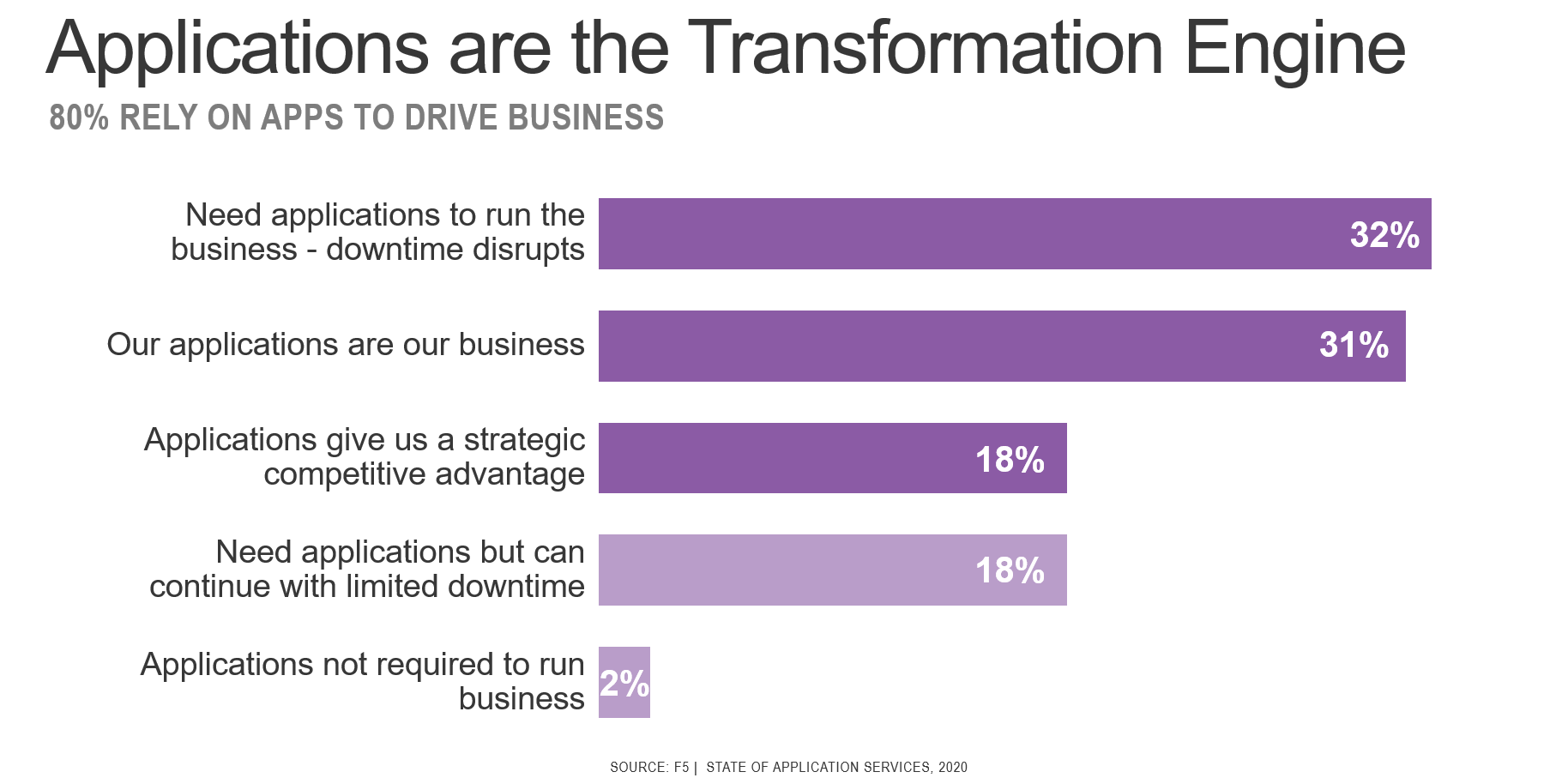テレメトリ: 異なる種類のデータ
業界として、私たちはテクノロジーのあらゆる側面について議論する用意があります。 しかしながら、私たちの強みは、用語をめぐる議論にあるようです。 専門用語。 言葉。
雲。 DevOps。 SDN。 開ける。 これらの用語の定義については、黒いソファに対する犬の毛のように、いまだに論争が続いています。
あなたはあなたの比喩を使い、私は私の比喩を使います。どうもありがとう。
今日は、今後 10 年ほど議論を巻き起こすであろう用語、「テレメトリ」についてお話しします。 結局それは単なるデータではないのですか? データよりも魅力的に聞こえるからという理由だけでテレメトリを使用しているのでしょうか?
いいえ。 全くない。
最終的には、データとテレメトリは両方とも整理された情報ビットです。 これらを互換的に使用することは犯罪ではありません。 しかし、正確に言えば、違いがあるのが現実です。 そして、組織がデータ経済に進出するにつれて、その違いはますます重要になるでしょう。
テレメトリは、「遠隔」と「測定」を意味するギリシャ語の「tele」と「metron」という 2 つの単語に由来しています。 Wikipediaによると、「テレメトリとは、遠隔地またはアクセスできない地点で測定値やその他のデータを収集し、監視のために受信装置に自動的に送信することです。」
運用データの多くがテレメトリと呼ばれるのは、それが(リモートで)収集され、別のシステムに送信されるためです。 テレメトリデータの存在は新しいものではありません。 これは、あらゆるネットワークおよびアプリケーション サービスが存在する限り、その本質的な副産物となってきました。 ネットワークとアプリケーションの監視では、何十年もの間、エージェントとプロトコルを使用してテレメトリを収集してきました。 その価値は主に、データ パスの問題のトラブルシューティングにあります。

しかし、ビジネスがデジタル変革を通じて進歩し、ビジネス プロセスとテクノロジーの境界が曖昧になるにつれて、データ パス全体からのテレメトリによって、技術的な問題とビジネス上の問題の両方に関する洞察が得られるようになります。 組織が社内外、顧客やパートナーとのビジネスを実行するためにアプリケーションにますます依存するようになるにつれて、最も価値の高いテレメトリは、データ パスを構成するアプリケーション サービスから生成されるテレメトリになります。
そのパスを見ると、スケールとセキュリティを提供するアプリケーション サービスが少なくとも 1 つ (確実に 10 個近く) あります。

各アプリケーション サービスと、それらが展開されるプラットフォームには、特定の顧客エクスペリエンスの状態に関する貴重な情報が保存されています。 ユーザー プラットフォームの特性 (デバイスの種類、場所、ネットワーク) から、データ パスに沿った個々の「ホップ」で費やされた時間まで、あらゆる情報を使用して、インシデントのトラブルシューティング、悪意のある行為者の特定、パフォーマンスの問題の詳細を把握できます。 これは「顧客」データでも「企業」データでもなく、運用データです。 テレメトリーです。
ただし、そのデータを真に活用するには、データ パス内のアプリケーション サービスから得られる膨大な量のデータをキャプチャして分析する方法を見つける必要があります。 ここでクラウドが登場します。
クラウドがテレメトリの活用に重要な理由
現在、すべてのテレメトリを保存するには利用可能なストレージ容量よりも多くのストレージ容量が必要になるため、一部のテレメトリのみがキャプチャされています。
発信される、または発信される可能性のあるテレメトリの量は膨大です。 ほとんどのシステムでは、数週間または数日以上のテレメトリを保存できません。 多くの場合、スペースを節約するために時系列に分割されます。 しかし、それでもストレージにかかる膨大な負担を止めることはできません。 最終的には、より新しく、より関連性の高いテレメトリ データのためのスペースを確保するために、それを削除する必要があります。
このため、高度な分析サービスはパブリック クラウドでホストされる傾向があります。 クラウド コンピューティングとストレージの容量を機械学習と組み合わせることで、膨大な量のテレメトリを収集、保存、処理するために必要な技術基盤が提供されます。 十分に堅牢なテレメトリ セットがあれば、高度な分析によって、一見異なるデータ ポイント間のパターンや関係性を発見し、組織に実用的な洞察を提供できるようになります。
しかし、そこに到達するには、アプリケーション サービスは、クラウドベースのリポジトリが取り込めるだけのテレメトリを送信する必要があります。 そして、それはデータ パス全体のできるだけ多くのポイントから来る必要があります。 顧客体験全体(データ パス)から収集できる情報が増えるほど、顧客体験とビジネス パフォーマンスの両方を向上させる実用的な洞察を明らかにするパターンと関係を検索するシステムにとってその情報の価値が高まります。
